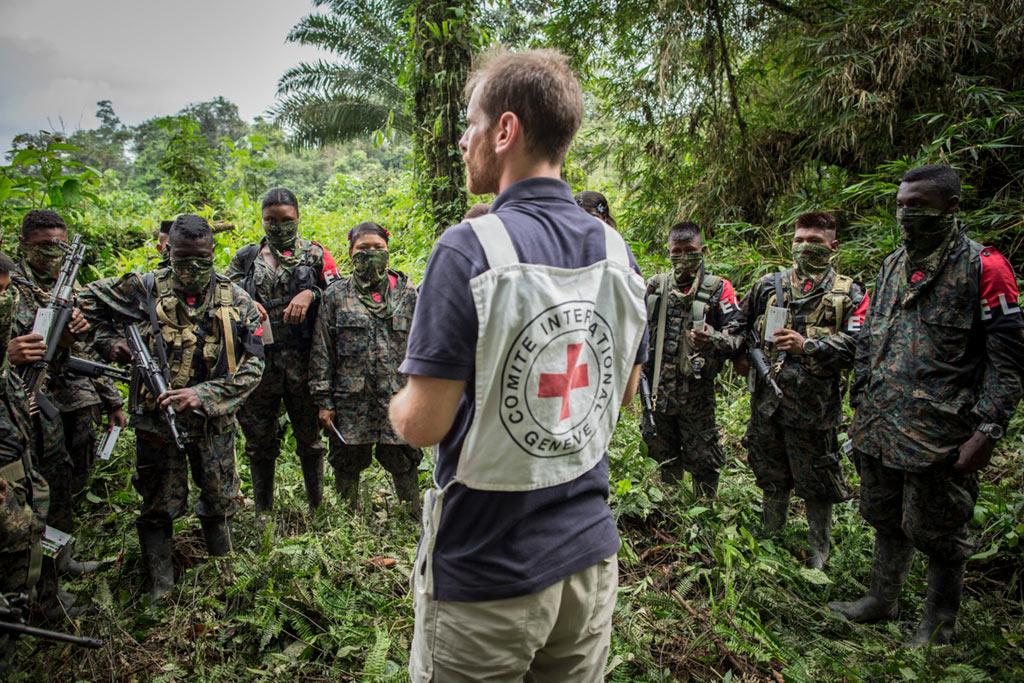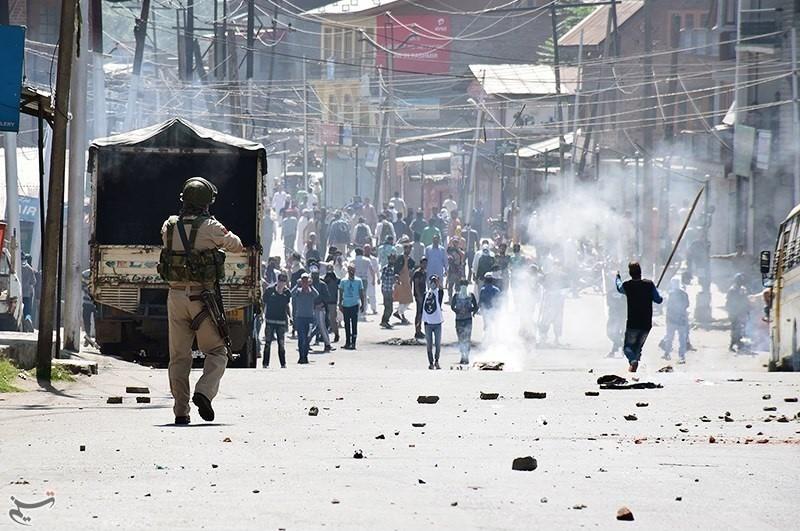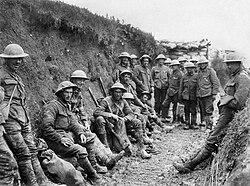When it comes to strategic planning in military operations, sports, or even outdoor adventures, one factor consistently stands out as a game-changer: terrain. Understanding how the physical features of a landscape influence tactical decisions is crucial for success on any battlefield or competitive arena. In this article, we’ll dive into the key insights that explain why terrain is more than just a backdrop—it’s a powerful force that shapes strategies, dictates movement, and ultimately determines outcomes. Whether you’re a military enthusiast, a strategy gamer, or simply curious about the art of decision-making in complex environments, this exploration will equip you with valuable knowledge to see tactics through a new lens.
Table of Contents
- Understanding Terrain Types and Their Tactical Implications
- Analyzing Elevation and Visibility Advantages in Battle Planning
- Leveraging Natural Obstacles to Enhance Defensive Strategies
- Adapting Movement and Communication Based on Terrain Challenges
- The Way Forward
Understanding Terrain Types and Their Tactical Implications
Mastering the art of maneuvering through different landscapes requires more than just understanding the map—it demands a deep appreciation of how each terrain type can influence combat outcomes. For instance, urban environments often provide ample cover and concealment, favoring close-quarters engagements and ambush tactics. Conversely, open plains expose forces to long-range fire and aerial surveillance but offer unparalleled visibility for reconnaissance. Similarly, dense forests create natural chokepoints and impede vehicle movement, forcing units to adapt their formations and communication methods accordingly.
When making tactical decisions, commanders must also consider factors such as:
- Elevation Changes: Higher ground provides significant advantages in spotting enemy movements and directing firepower.
- Terrain Mobility: Swampy or rocky areas can slow down troop advances, impacting timing and coordination.
- Weather Effects: Rain or fog alters visibility and the usability of certain terrain features like roads and rivers.
- Natural Barriers: Rivers, cliffs, and dense vegetation can serve as defensive lines or obstacles requiring innovative crossing strategies.
Effectively leveraging these aspects transforms terrain from a static backdrop into a dynamic force multiplier—turning the environment into a crucial ally rather than a mere challenge.
Analyzing Elevation and Visibility Advantages in Battle Planning
Commanders who harness the power of elevation often secure a significant edge in the chaos of battle. Higher ground offers unparalleled visibility advantages, enabling troops to monitor enemy movements from a safe distance while simultaneously protecting themselves from surprise attacks. By positioning forces on elevated terrain, leaders can efficiently deploy archers or artillery, maximizing their range and impact. The natural barrier of height often disrupts enemy advances and can force adversaries into unfavorable routes, giving defenders the chance to anticipate and control the flow of combat.
Additionally, elevated positions serve as vital vantage points for coordinating complex maneuvers and relaying signals across the battlefield. These high points contribute to improved communication and situational awareness, which are indispensable for dynamic adaptation during engagements. Key factors influenced by elevation include:
- Enhanced line-of-sight: Facilitates early threat detection and long-range targeting.
- Psychological dominance: Boosts troop morale while intimidating opponents.
- Defensive strength: Makes frontal assaults more challenging and costly.
Effectively exploiting these terrain attributes shapes decisions, turning the environment into an ally rather than just a backdrop.
Leveraging Natural Obstacles to Enhance Defensive Strategies
Incorporating natural elements into defense planning significantly amplifies a force’s strategic advantage. Features like dense forests, rugged mountains, rivers, and marshlands serve as formidable barriers that can slow down or channel enemy movement, giving defenders the upper hand. When commanders identify these terrain features, they don’t just see obstacles—they see opportunities to establish choke points, create ambush zones, and minimize exposure to hostile fire. Utilizing these obstacles effectively requires a deep understanding of how the terrain influences visibility, mobility, and supply lines, ultimately shaping the tactics that will safeguard critical positions.
Key benefits of leveraging natural terrain include:
- Enhanced Force Multiplication – Even smaller units can wield greater impact by controlling terrain that restricts enemy movement.
- Improved Defensive Depth – Natural barriers provide multiple layers of defense, allowing contingency measures if front lines are breached.
- Energy and Resource Efficiency – Using existing obstacles reduces the need for extensive man-made fortifications and conserves manpower.
- Psychological Advantage – Enemies facing daunting landscapes encounter increased hesitation and lowered morale, tipping engagements in favor of defenders.
Adapting Movement and Communication Based on Terrain Challenges
When navigating diverse environments, tactical units must expertly modify both their movement strategies and communication methods to align with the terrain’s demands. In dense forests or urban rubble, for example, slow, deliberate movements minimize noise and reduce detection risks, whereas open plains encourage faster, more visible maneuvers to maintain momentum. Similarly, communication shifts from traditional radio signals to hand gestures or low-frequency sounds when electromagnetic interference or natural obstructions like mountains disrupt line-of-sight transmissions. Such adaptability not only preserves operational security but also ensures cohesion under challenging conditions.
Key techniques for terrain-adapted movement and communication include:
- Utilizing natural cover to mask positions and employ silent signals
- Implementing mesh communication networks in areas with limited connectivity
- Adjusting patrol formations to avoid bottlenecks or exposure in narrow pathways
- Training teams for visual and tactile signaling when electronic devices fail
Mastering these terrain-sensitive adaptations enhances both survival and mission success by creating a fluid tactical approach shaped by environmental realities. The ability to anticipate and respond to terrain challenges ensures teams maintain control, maintain stealth, and communicate effectively no matter where they operate.
The Way Forward
In navigating the complexities of tactical decision-making, one truth stands clear: terrain is far more than just the physical ground beneath our feet. It is a dynamic and influential factor that shapes strategy, dictates movement, and ultimately determines outcomes. By understanding the nuances of different landscapes—whether rugged mountains, dense forests, or open plains—leaders can anticipate challenges, leverage advantages, and make informed choices that align with their mission objectives. As we continue to explore and adapt to diverse environments, appreciating the role of terrain remains indispensable for any tactical thinker aiming to stay ahead. Stay tuned for more insights as we delve deeper into the art and science of terrain-informed strategy.












